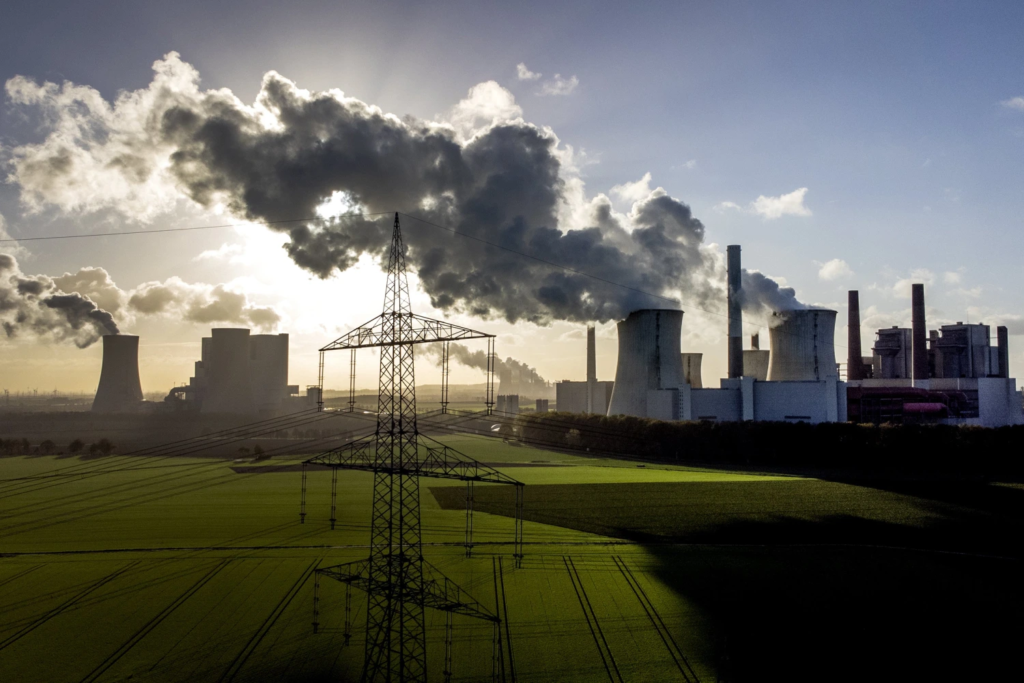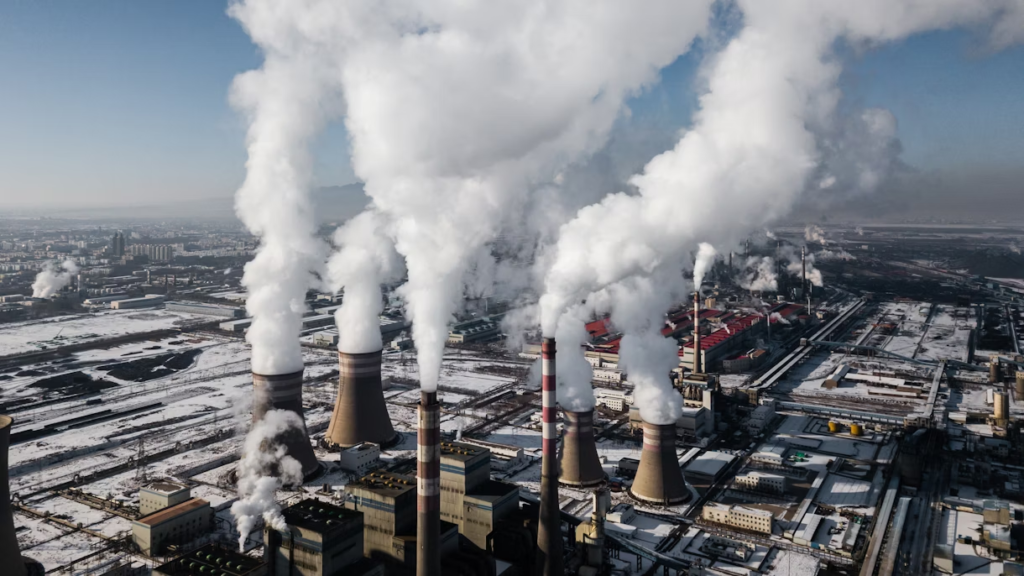Carbon emission targets are goals set by countries, companies, and organizations to reduce the amount of greenhouse gases released into the air. These gases—especially carbon dioxide (CO₂), methane, and nitrous oxide—trap heat in the Earth’s atmosphere and cause global warming. The more we emit, the hotter the planet becomes.
To stop or slow down climate change, world leaders have set limits on how much carbon can be released each year. These targets aim to reduce emissions to a safer level by a certain date, like 2030 or 2050.
These targets are part of bigger climate agreements, like the Paris Agreement. This deal was signed by nearly 200 countries in 2015. It aims to limit global warming to well below 2°C above pre-industrial levels—and ideally to 1.5°C.
Learn more about the Paris Agreement
Why Are These Targets So Important?
Climate scientists warn that time is running out to prevent major damage. Rising temperatures can cause extreme weather, rising sea levels, food shortages, and mass migrations. Carbon emission targets are a tool to:
- Control climate disasters
- Protect wildlife and forests
- Improve public health
- Support sustainable economic growth
The main goal is to reach net-zero emissions—a state where the amount of carbon emitted equals the amount removed from the atmosphere. This can be done by switching to green energy, using electric vehicles, planting trees, and improving building designs.
How Countries Are Setting Emission Targets
Each country has its own plan based on its economy and level of pollution. These plans are called Nationally Determined Contributions (NDCs).

United States
The U.S. aims to reduce greenhouse gas emissions by 50-52% by 2030, compared to 2005 levels. The Biden administration has pushed for strong climate laws like the Inflation Reduction Act, which includes clean energy investments.
European Union
The EU has committed to cutting emissions by at least 55% by 2030 and becoming climate-neutral by 2050. Its “Fit for 55” plan includes taxes on carbon, limits on fossil fuels, and boosts for renewable energy.
China
As the world’s biggest polluter, China plans to reach peak carbon emissions by 2030 and become carbon-neutral by 2060. It is investing heavily in solar and wind power, but still relies a lot on coal.
Read more on China’s climate goals
India
India has pledged to reach net-zero emissions by 2070, a longer timeline due to its development needs. However, it aims to use 50% renewable energy by 2030 and cut its carbon intensity by 45%.
Major Challenges in Meeting Emission Goals
While targets sound good, reaching them is a massive challenge. Some of the common problems include:
- Heavy reliance on fossil fuels (coal, oil, gas)
- Slow policy action and weak enforcement
- High costs of clean energy tech in developing countries
- Lack of international cooperation
Rich countries often face criticism for failing to provide enough climate finance to poorer nations. Without global teamwork, hitting net-zero on time may not happen.
What Businesses Are Doing to Help
Many companies are now setting their own carbon targets. Tech giants like Google, Apple, and Microsoft have announced plans to become carbon-neutral or even carbon-negative.

They are investing in:
- Solar and wind energy
- Electric delivery fleets
- Efficient data centers
- Tree planting and carbon offsetting
Check out Microsoft’s sustainability plan
Banks and investors are also playing a big role by choosing to fund green projects instead of oil or gas. This shift in money flow could drive faster climate progress.
Role of Individuals and Communities
While governments and industries carry most of the responsibility, individuals can contribute by:
- Using public transport or biking
- Reducing meat and dairy consumption
- Saving energy at home
- Supporting eco-friendly brands
Even small changes by millions of people can reduce carbon footprints and create demand for sustainable products.
What Happens If We Fail?
If the world misses these targets, the planet may warm beyond 2°C. That means:
- More deadly heatwaves
- Crop failures and water shortages
- Stronger hurricanes and floods
- Extinction of many animal species
The poorest nations and people will suffer the most, even though they pollute the least.
The Road Ahead
Carbon emission targets are a roadmap for saving our planet. But setting goals is not enough—action must follow. With global cooperation, new technology, and public awareness, there is still hope.
The next decade is critical. What happens between now and 2035 will shape the Earth’s future for centuries.
Also Read – Support That Heals: Game-Changing Mental Health Campaigns






